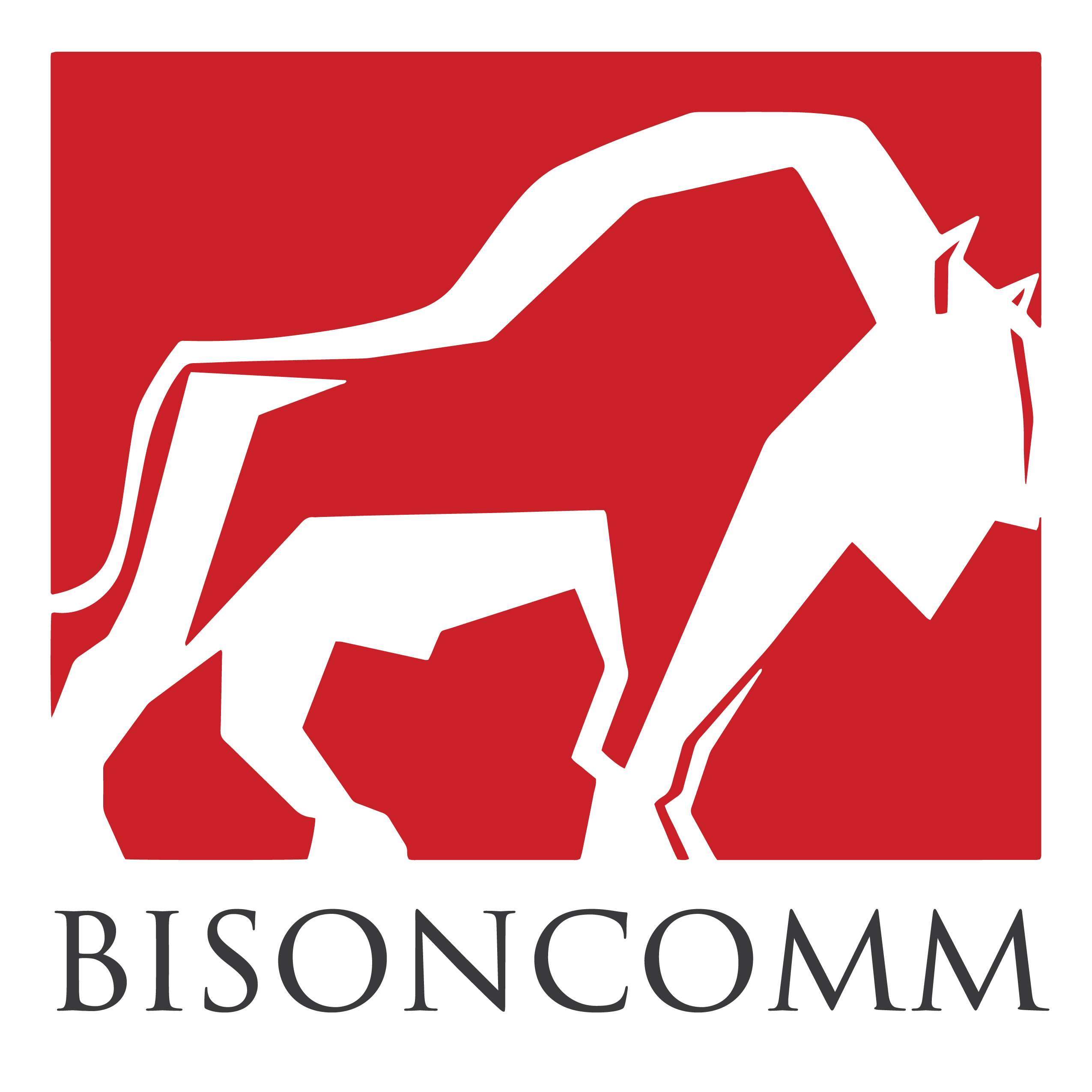As a digital marketer, your ultimate goal is to convert visitors into customers. While there are many ways to achieve this, one of the most effective strategies is to create a landing page that is specifically designed to convert visitors into leads.
A landing page is a standalone web page that is designed to achieve a specific goal, such as getting visitors to sign up for a free trial, download an eBook, or fill out a contact form. Unlike a website’s homepage or other pages, a landing page is designed to remove all distractions and focus visitors’ attention on a single call-to-action.
In this article, we’ll explore the key elements of an effective landing page and provide tips on how to create one that converts visitors into leads.
Define your goal and target audience
The first step in building an effective landing page is to define your goal and target audience. What do you want visitors to do when they land on your page? Are you trying to get them to sign up for a free trial, download an eBook, or fill out a contact form?
Once you’ve defined your goal, you need to identify your target audience. Who are the people you’re trying to reach? What are their needs, interests, and pain points? Understanding your target audience will help you create a landing page that speaks directly to their needs and motivations.
Create a clear and compelling headline
Your landing page’s headline is the first thing visitors will see, so it needs to be clear, compelling, and attention-grabbing. It should also be aligned with your goal and target audience. For example, if you’re trying to get visitors to sign up for a free trial, your headline might be “Get a Free Trial of Our Product Today!”
Use persuasive copy
Your landing page’s copy should be persuasive and compelling. It should clearly explain the benefits of your offer and address visitors’ pain points. Use short, simple sentences and avoid jargon or technical terms that might confuse visitors.
Use visuals to reinforce your message
Visuals can be powerful tools for reinforcing your landing page’s message. Use high-quality images or videos that are relevant to your offer and target audience. Visuals can also help break up long blocks of text and make your landing page more visually appealing.
Include a clear call-to-action
Your landing page’s call-to-action (CTA) is the most important element of the page. It should be prominently displayed and clearly communicate what you want visitors to do. Use action-oriented language, such as “Download Now” or “Sign Up Today,” and make sure your CTA button stands out visually.
Keep it simple
Your landing page should be simple and easy to navigate. Remove all distractions, such as navigation menus or links to other pages, and focus visitors’ attention on your goal and CTA.
Test and optimize
Finally, it’s important to test and optimize your landing page for maximum effectiveness. Use A/B testing to try out different headlines, copy, visuals, and CTAs to see what works best for your target audience. Continuously track your landing page’s performance and adjust as needed.
In conclusion, building an effective landing page is a critical component of a successful digital marketing strategy. By defining your goal and target audience, creating a clear and compelling headline, using persuasive copy and visuals, including a clear call-to-action, keeping it simple, and testing and optimizing, you can create a landing page that converts visitors into leads and drives business growth.
Ready to create a landing page that drives results for your business? Contact us for a consultation.




